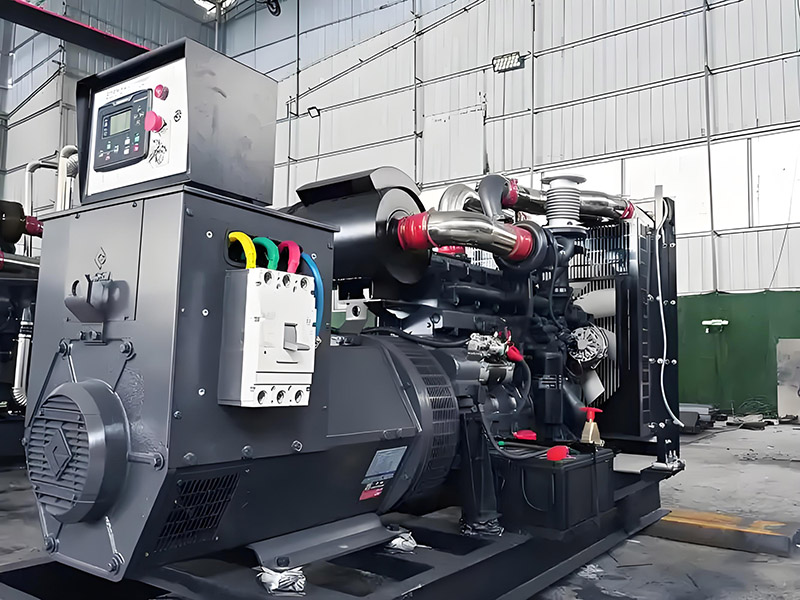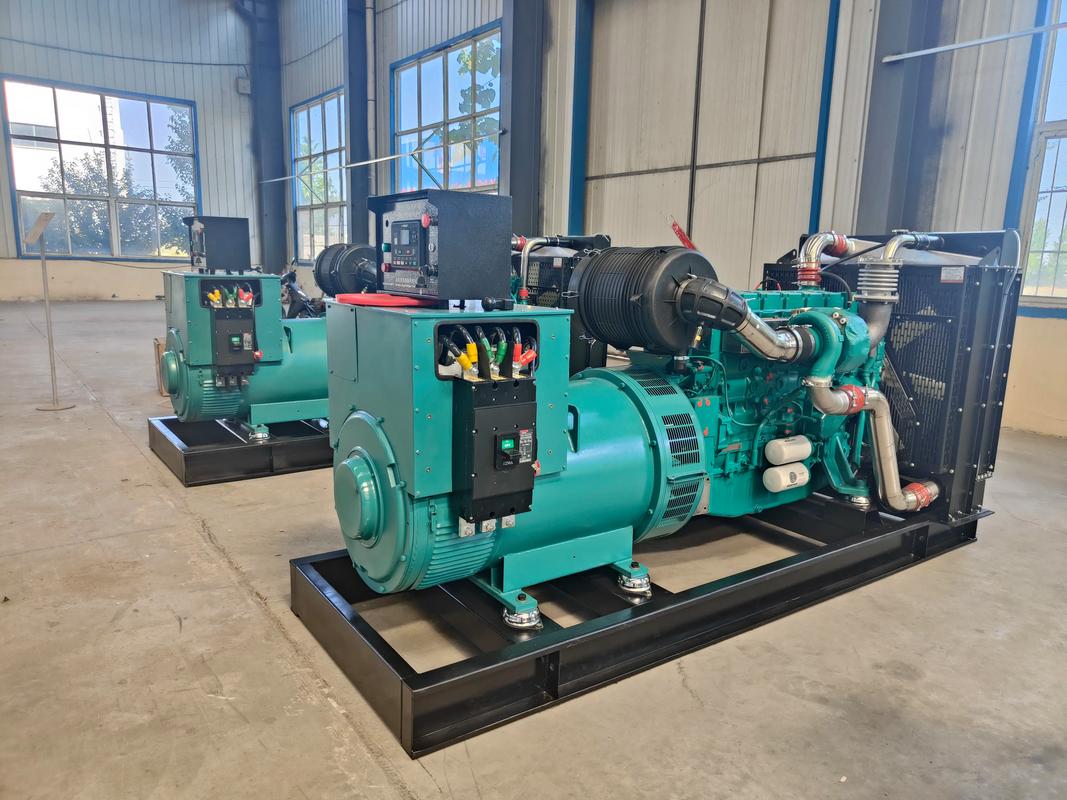2025 Global Diesel Generator Market Trends: Energy Efficiency, Smart Technology, and Localized Service Lead the Way
Release time:2025-08-15 Click:38
As demand for reliable power grows across industries—from construction and mining to healthcare and data centers—the diesel generator market continues to evolve. In 2025, three themes dominate buyer conversations: energy efficiency, smart monitoring and control, and localized after-sales service. These factors reduce lifetime cost of ownership and ensure compliance with increasingly strict regulations. As a China-based diesel generator manufacturer exporting worldwide, we see customers prioritizing fuel economy, digital visibility, and faster service response. This guide summarizes the trends and offers a practical checklist for procurement teams.
With fuel prices and emission policies tightening, buyers now evaluate cost per kWh rather than purchase price alone. Modern engines with optimized combustion, high-pressure common-rail injection, and advanced turbocharging can lower fuel consumption while keeping output stable.
Right-sizing: Match kW to the real load profile to avoid wet stacking and wasted fuel.
Load management: Auto start/stop and load-sharing reduce idle time.
Hybrid options: Pairing gensets with batteries or solar smooths peaks and cuts run hours.
Note: A properly sized, efficiency-tuned genset can reduce operating costs significantly over its lifecycle, especially on sites with long daily runtimes.
IoT connectivity turns a genset into a data-driven asset. Fleet managers increasingly require remote monitoring for fuel levels, load, oil pressure, coolant temperature, battery voltage, and event logs. Predictive alerts help schedule maintenance before failures occur.
Cloud dashboards: Real-time KPIs and alarms on desktop or mobile.
Predictive maintenance: Condition-based service reduces downtime and spare-parts waste.
BMS/BMS integration: Interface with building or microgrid controllers for load shedding and peak shaving.
Security: Role-based access and encrypted data to protect critical infrastructure.

Global buyers want the value of international manufacturing with the certainty of local support. In 2025, leading suppliers build regional service networks, certify local technicians, and stock fast-moving parts near the customer.
Service essentials: commissioning & load testing, 24/7 hotline, guaranteed response time, preventive maintenance contracts, and genuine parts availability.
Region
Main Drivers
Top Applications
Asia-Pacific | Infrastructure growth, manufacturing, data centers | Construction, factories, telecom towers |
Middle East & Africa | Off-grid demand, mining, oil & gas | Mining camps, drilling sites, utilities |
Europe | Emission compliance, grid resilience | Hospitals, public facilities, standby power |
North America | Storm preparedness, data center expansion | Commercial standby, mission-critical backup |

Power & Voltage: kW rating, standby vs. prime, voltage and frequency (e.g., 400/230V 50Hz or 480/277V 60Hz).
Engine & Emissions: Tier/Stage compliance, fuel consumption curve, after-treatment requirements.
Alternator: AVR type, IP rating, insulation class, harmonic performance for sensitive loads.
Controls: Auto start/stop, AMF/ATS support, remote monitoring (4G/Ethernet), data logging.
Enclosure: Sound-attenuated canopy, dBA at 7 m, corrosion protection, lifting points.
Fuel System: Base tank capacity, external tank compatibility, run-time at 75% load.
Paralleling: Synchronization, load-sharing, future expansion capability.
Service: Local spares, SLA, training, and maintenance plan.
China’s genset industry has moved beyond cost advantage to deliver technology-driven value. Buyers benefit from flexible customization, competitive lead times, and strong quality controls aligned with international standards.
Excellent price-performance ratio across 10–2500 kVA ranges
OEM/ODM options for controllers, canopies, and branding
Compliance with common grid codes and safety certifications
Global shipping experience and localized service partners
Data centers: Low THD, fast response, paralleling for N+1 redundancy.
Healthcare: Automatic transfer (ATS), medical-grade power quality, quiet enclosures.
Construction & rental: Rugged frames, multi-voltage panels, theft-resistant fuel systems.
Telecom: Remote sites with hybrid battery/solar to reduce fuel logistics.
Q1. How do I estimate generator size?
Start with total running kW, add motor starting kVA, apply safety margin (typically 20–30%), and consider future expansion or paralleling.
Q2. Diesel vs. hybrid?
Hybrid diesel-battery cuts fuel and noise for variable loads; ideal where night silence or low emissions are required.
Q3. What reduces lifecycle cost most?
Right-sizing, efficient engines, clean power, remote monitoring, and a preventive maintenance plan with local parts.
Hot products
+86 15244567972
Contacts:Jack
